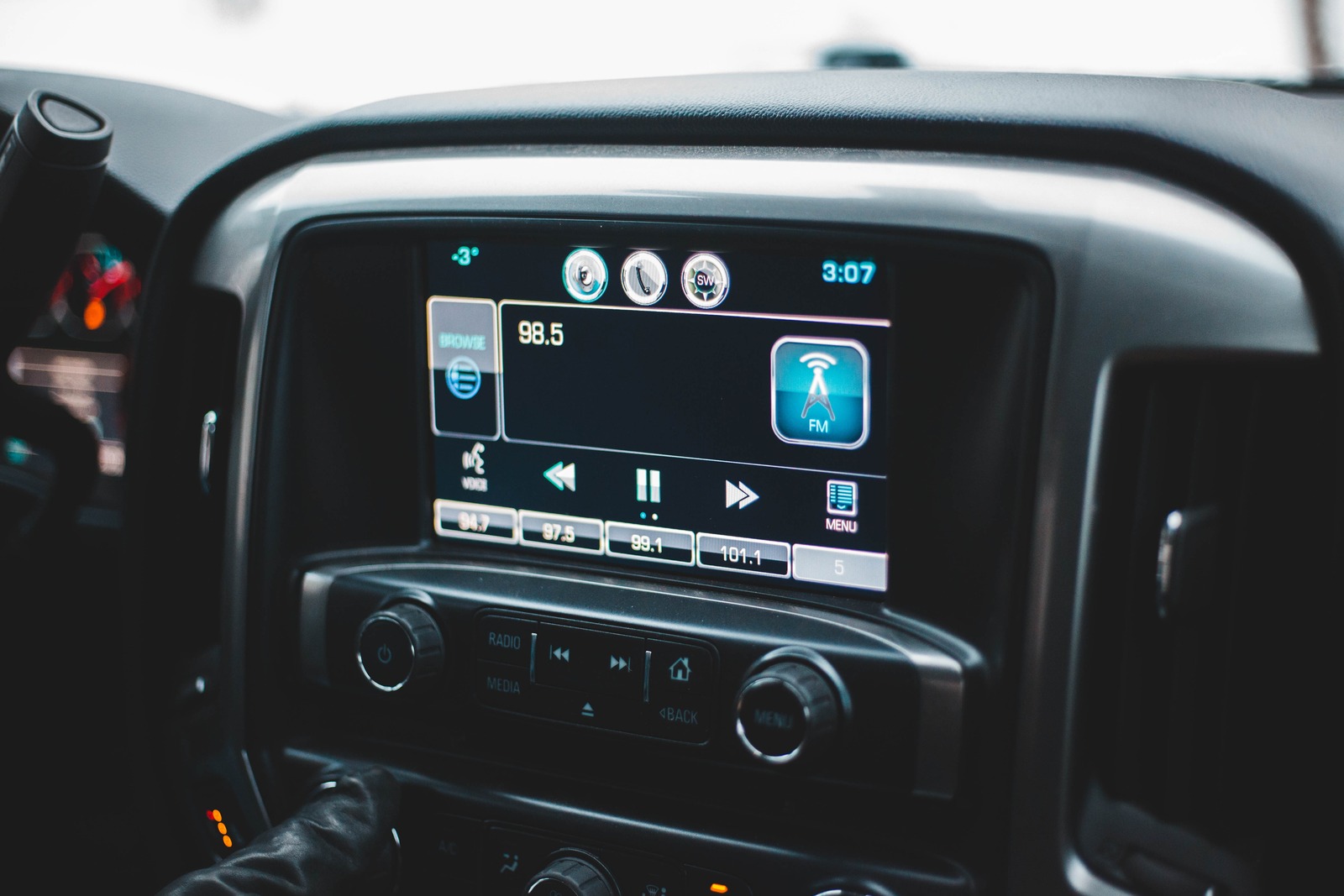Enterprise Resource Planning (or “ERP”) systems are core to the way organizations do business today. Think of them as a general ledger for all kinds of workflow, or as the definitive source of truth for various processes and transactions.
This does not mean that they are easy to use.
ERP modules are functional components that sit on top of the ERP infrastructure rails. The name “ERP module” suggests that they are an integral part of the ERP system itself, when that is not necessarily true. Often, the ERP vendor acquires a functional solution and bolts it on as a “branded” module. This makes it easier to justify having an ERP and the vendor captures a greater share of the economics.
Think of the modules instead as pre-integrated apps. For our purposes, we are interested in procurement.
Let’s make an analogy.
You can think of the ERP procurement module as like the stereo you buy with your car. (I realize that this is less true as time goes by with integrated car entertainment systems that include all manner of features. For the purposes of this example, think back to what it was like buying a car twenty years ago before it sported the equivalent of an iPad on the dashboard.)
The standard stereo doesn’t do much. It has minimum functionality. There isn’t that much good programming available to you. If you travel, you are constantly looking for new channels. Maybe the speakers aren’t that great. The sound quality isn’t that great.
Think of it as the procurement-equivalent of email and spreadsheets. You can execute an RFP or a purchase order, but it’s a pain.
Most people go with the standard stereo selection.
Others want to have a cutting-edge audio system. Maybe it has better speakers or higher fidelity sound. It conveys status to your passengers to see you with the luxury sound system. Using it makes you feel like you’re enjoying the content more, somehow.
The new car owner may either request the auto manufacturer to install a higher-end stereo (selecting and purchasing an option that the auto OEM provides as available from the factory) or they may take the car to a custom shop to have the stereo switched out after they take delivery.
Why do people pay a premium to purchase these separate systems? They buy them because the higher-end stereo offers more functions than the standard options, better performance, and a signal of worth. We could say it offers a better experience. The default choice is good enough for most, but not for someone who is a music afficionado or a frequent commuter.
Think of this high-end stereo as the expensive ERP procurement module. B2B buyers can use it. Suppliers may be familiar with it, even if they’re not thrilled with it because it is cumbersome from their perspective. It might impose additional costs on suppliers (including from poor user experience design), regardless of what the ERP vendor says. This doesn’t help with supplier relations, at least on the margin.
What if you could purchase a different type of solution that plugs into the standard radio to give you the same or similar improvement in experience? For example, satellite radio enhances the default radio choice by offering tailored programming. Or maybe there is a software patch you can install that improves the interface between the radio and the speakers. Or, there is some way for you to plug your phone into the radio so you can listen to podcasts or streaming music.
This is an extended analogy, but it is one that mirrors the future of enterprise software.
In the past, B2B buyers may have felt that the safe choice was to use the ERP procurement module because of concerns about integration. If the ERP module works well with the main ERP database, then it should be easier to purchase and implement, just as it is easier to select an upgraded stereo option from the auto OEM. There are myriad stories about difficulties in integrating different systems. Reducing costs or simplifying the integration was worth the tradeoff of having to use the reduced functionality or less appealing user experience of the ERP module.
One big change over the past ten years has been the proliferation of application programming interfaces (or “APIs”). Now, more than ever, software tools are like Lego blocks. The amount of work we need to do to make the blocks fit together has fallen to the point that it’s not quite standard, but it is much easier than it has ever been. Some of these blocks come pre-configured to fit together with a minimum of work.
This API revolution powers an explosion of apps that drive partnership opportunities for everyone involved. The ERP company can now focus on selling its rails and working with third-party app providers that integrate into their core systems. End users can employ best-of-breed solutions while exploiting their historic investment in the underlying architecture, even as ERP companies are indifferent to the competition with their captive modules on the application side, if they can partner with the leading app providers in a way that spurs retention of the ERP/database business.
For each B2B buyer, one can imagine that one size doesn’t have to fit all. They can develop their own apps, or more likely, find apps in the market that fit their use case and economic profile, including apps with extended functionality. .
Everyone gets bespoke clothing, or something pretty close to it.
This is what we have built at EdgeworthBox: a set of tools, structured data, and community that enable B2B buyers to ensure they buy the right solution, from the right supplier, at the right price. It is simple and distinct. It is much easier to use across the breadth of the enterprise, accelerating the time to consensus and shortening the procurement cycle, while surfacing more competition on price and solution for better long-term economics. If you’d like to learn more, please shoot us a note.





